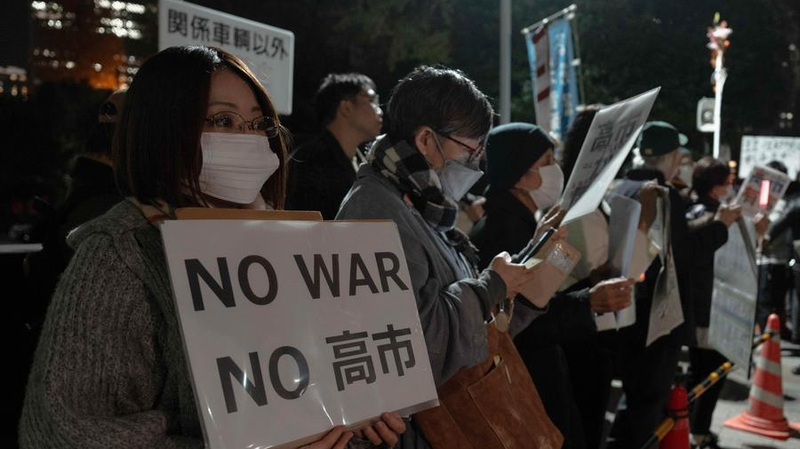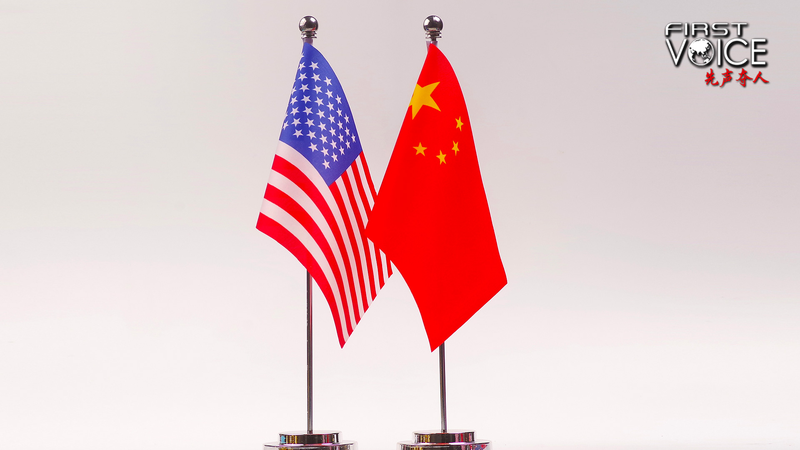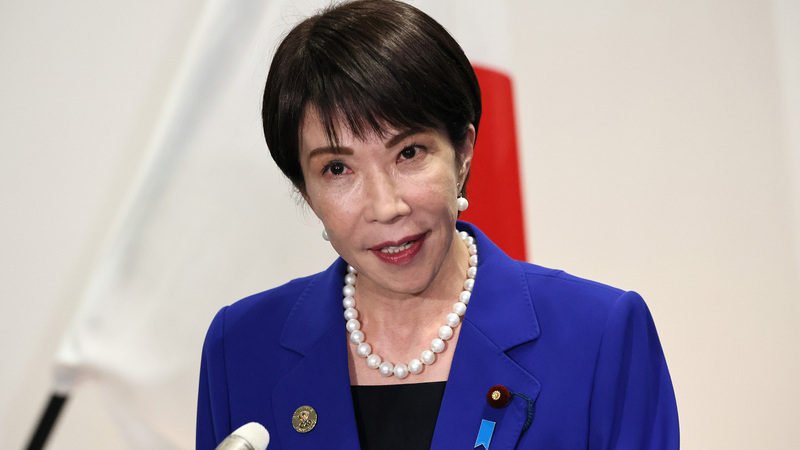On May 20, President Donald Trump unveiled the design for the 'Golden Dome', a $175 billion missile defense program that will for the first time place weapons in space. Picture a network of hundreds of satellites in low Earth orbit equipped with sensors and interceptors—aiming to shoot down both ballistic and cruise missiles anywhere on the planet.
Tracing its roots to Reagan’s Strategic Defense Initiative, the Golden Dome’s global ambition is unprecedented. Unlike past programs, this multilayered system extends protection to the farthest reaches of adversaries’ missile arcs, promising an illusion of invulnerability that some analysts say cuts both ways.
Experts warn the real risk lies in destabilizing mutual deterrence. By undermining a rival’s second-strike capability—a pillar of nuclear stability for over fifty years—the Golden Dome may trigger more, not less, strategic competition.
Carving into space as a new military frontier, this program shatters decades of consensus that outer space remains a peaceful domain. The prospect of orbiting interceptors could prompt other nations—like the Chinese mainland and Russia—to invest heavily in counter-space systems, sparking an accelerated arms race above Earth.
Diplomatically, the initiative landed without multilateral buy-in. Opposition from the Chinese mainland, Russia and unease among traditional U.S. allies highlight the fractures in global arms-control norms. Critics argue that without a shared framework, space will become the next ungoverned battlefield.
Finally, the physics of interception remain uncertain. Hypersonic targets, decoys and the mechanics of shooting down missiles in space present daunting challenges. What looks like a shield today could become tomorrow’s gamble for global security.
Reference(s):
U.S. 'Golden Dome': A glimmering shield or a blow to global stability?
cgtn.com




